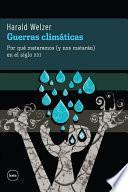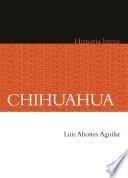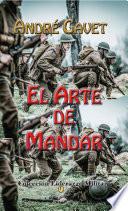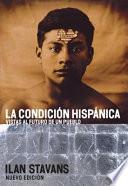Prehispanic Settlement Patterns In The Northwestern Valley Of Mexico
Resumen del Libro
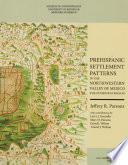
This monograph presents data from a systematic regional archaeological survey carried out over an area of ca. 600 square kilometers during May through December 1973 by the University of Michigan Museum of Anthropology. Six principal occupational cycles are identified:(1) a very sparsely settled Formative era (ca. 500 BC-100 AD)(2) substantial growth during the subsequent Classic period (ca. 100-600 AD)(3) settlement contraction dominated by a single major hilltop center during the Epiclassic (ca. 600-900 AD)(4) explosive growth during the Early Postclassic (ca. 900-1100 AD)(5) near depopulation during the Middle Postclassic (ca. 1100-1300 AD)(6) extensive reoccupation during the Late Postclassic into early Colonial times (ca. 1300-1600 AD)Numerous photographs illustrate details of a landscape that has been radically altered by urban sprawl and commercial agriculture since the time of the fieldwork.

